1. Hanging Laundry on a Clothesline
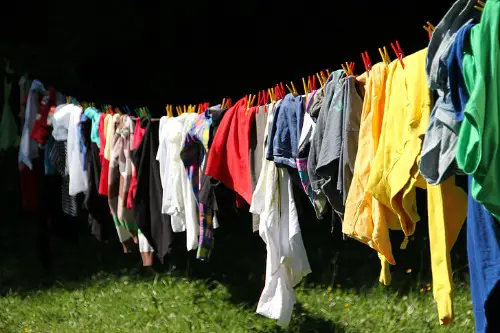
Before automatic dryers became the norm, hanging clothes outside was a daily task. Kids had to carry heavy, wet laundry outside and carefully pin each piece onto the line, according to Michelle Houts. If it was windy, you’d have to chase down stray socks that blew away. On rainy days, laundry would have to dry inside, stretched across furniture or a flimsy rack.
Taking laundry down wasn’t much easier, especially when sheets got stiff from the cold. If a sudden storm hit, kids had to rush outside and grab everything before it got soaked. Clothespins were easy to lose, and redoing a fallen load was frustrating. Today’s kids wouldn’t believe how much effort went into something a dryer does in minutes.
2. Scrubbing Floors on Hands and Knees
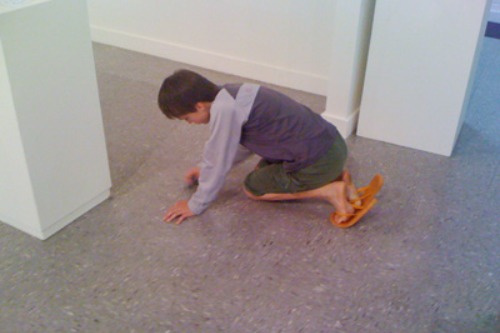
Mops existed, but plenty of parents still believed in deep-cleaning floors by hand, according to Ask a House Cleaner. Kids were handed a bucket of soapy water and a rag and told to scrub every inch. This meant crawling across the floor, making sure no dirt or grime was left behind. If you missed a spot, you’d be sent back to do it again.
It was tiring, and knees would ache from all the pressure. Some parents even had kids dry the floor with a towel afterward to prevent streaks. The process was slow and backbreaking, but there was no way around it. With Swiffers and robot vacuums, modern kids would never put up with this kind of work.
3. Washing Dishes by Hand Every Night
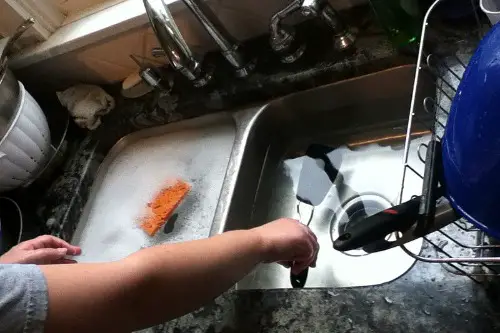
Before dishwashers were common, washing dishes by hand was a must after every meal. Kids had to scrape off food, scrub everything with a sponge, and rinse each piece until it was spotless. If there were stuck-on bits, you had to soak and scrub harder—no skipping the tough ones. After washing, dishes had to be dried and put away before the job was considered done, according to GreenLight.
It was a long and messy chore, especially after big family meals. If someone let food dry on the plates, it made scrubbing even worse. There was no sneaking away from the task—parents made sure it got done. Kids today would rather let dishes pile up than spend time at the sink.
4. Collecting and Taking Out the Ashes from a Wood Stove
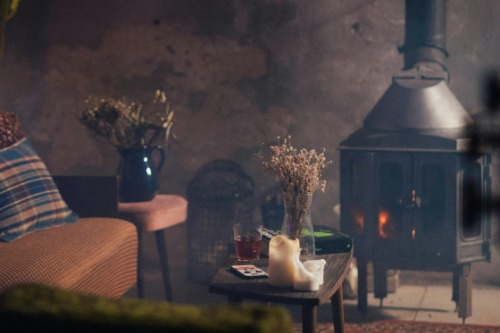
Before central heating, many homes relied on wood stoves for warmth in the winter. That meant someone had to scoop out the ashes, carry them outside, and dispose of them safely, Huberwoods explains. It was a filthy job, leaving hands, clothes, and sometimes even faces covered in soot. The ashes were fine and dusty, so one wrong move sent them flying everywhere.
If it was windy, you could end up wearing a layer of ash yourself. Some parents made kids wait until the embers were cold, but others weren’t so cautious. Either way, it was a task that had to be done often to keep the stove running efficiently. Today, with thermostats and electric heaters, most kids wouldn’t even know where to begin.
5. Ironing School Clothes
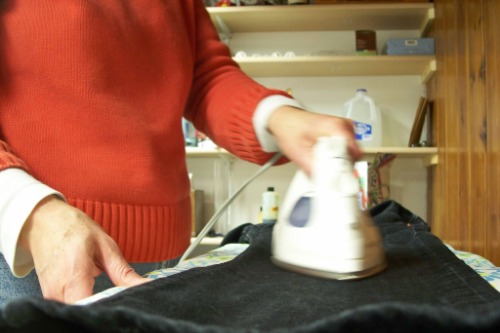
Before wrinkle-resistant fabrics and steam dryers, ironing was a regular part of getting dressed. Kids had to carefully heat up the iron and smooth out their school uniforms or Sunday best. It took patience and focus to avoid scorching the fabric or burning yourself, JML explains. A single mistake could leave a shiny mark or even a hole in the clothing.
Ironing wasn’t just for special occasions—it was expected for everyday wear. If you were running late, it didn’t matter; you still had to press out every wrinkle. Some families even had kids iron bed sheets and pillowcases for that crisp, neat look. Today, most kids just toss clothes in the dryer for a few minutes or wear them wrinkled.
6. Mowing the Lawn with a Push Mower
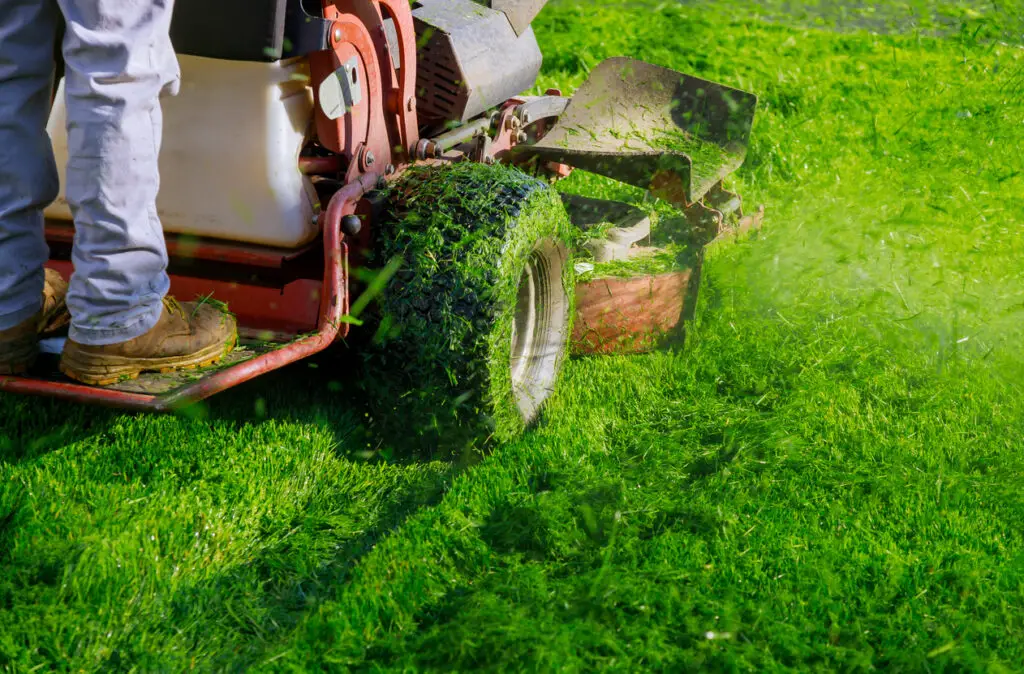
Before gas and electric mowers, kids had to use heavy, manual push mowers. These old-fashioned machines had no motor—just a spinning blade that required serious effort to push. If the grass was long, mowing felt like pushing a boulder uphill. Sticks and rocks could jam the blades, forcing kids to stop and clear them out by hand.
The summer heat made this chore even worse, leaving kids sweaty and exhausted. If you missed a spot, you had to go back over it, or you’d hear about it later. The mower had to be stored properly, cleaned, and sometimes even sharpened. Kids today would take one look at a push mower and run the other way.
7. Weeding the Garden by Hand
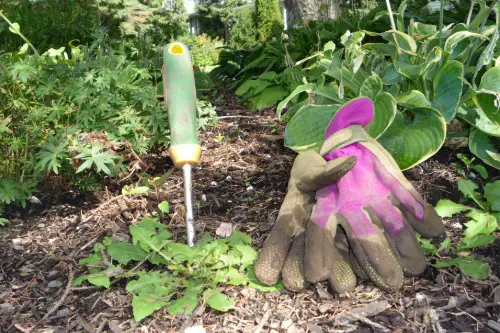
A well-kept yard meant spending hours pulling weeds, one by one. Kids had to squat in the dirt, dig out roots, and make sure they didn’t just break off the tops. If you didn’t get the whole root, the weed would grow back even stronger. Some weeds had thorns, and others were stubborn, making the task painful and frustrating.
Skipping a week meant the yard or garden would be overrun. Parents would inspect the work, making sure nothing was left behind. There were no shortcuts—just dirt-covered hands and aching backs. With weed killers and landscaping services today, kids don’t have to deal with this backbreaking chore.
8. Bringing in Firewood for the Stove
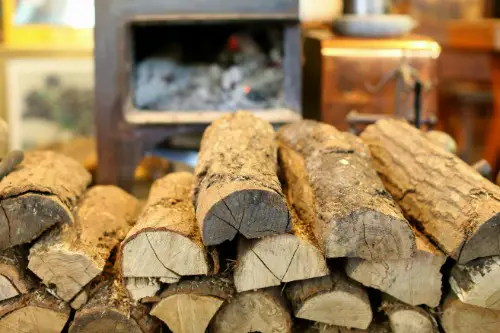
If a family heated their home with a wood stove, someone had to bring in fresh logs. Kids were often sent outside, even in the cold, to carry in heavy armfuls of firewood. The logs were rough, leading to splinters, scrapes, and dirt-covered clothes. If you dropped a log, you had to pick it up fast before it got wet or muddy.
This wasn’t a once-a-week job—it had to be done daily to keep the fire going. Some parents made kids stack the wood neatly, adding even more work to the chore. It was exhausting, but there was no skipping it when the house depended on that fire. Today, with electric and gas heating, most kids wouldn’t even think about firewood.
9. Cleaning the Gutters
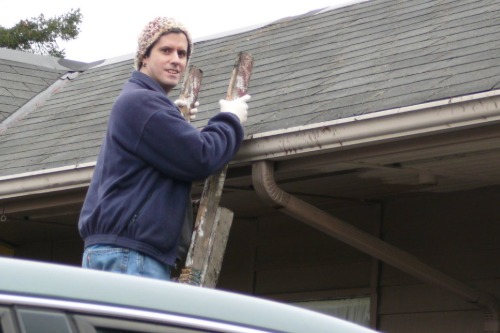
Before gutter guards, cleaning out gutters was a regular chore. Leaves, twigs, and dirt would build up, clogging the system and causing water damage. Kids were often sent up ladders with a bucket and gloves to scoop out the mess by hand. It was a dirty, sometimes dangerous job, but it had to be done.
If you didn’t clean the gutters, rainwater would overflow and cause leaks. Bugs and even small animals sometimes nested in the debris, making for an unpleasant surprise. Parents expected kids to do this job carefully, with no excuses. Today, most parents wouldn’t dream of letting kids anywhere near a ladder.
10. Changing TV Channels Manually
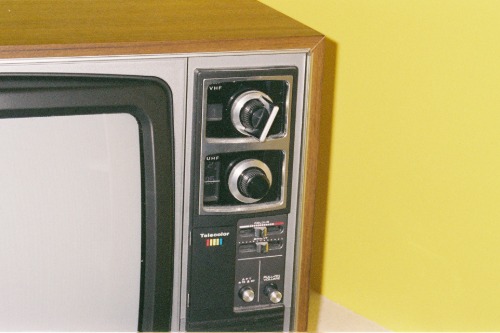
Before remote controls, changing the channel meant physically turning a dial on the TV. Kids often got stuck as the family’s designated “channel changer,” running back and forth between shows. If you wanted to adjust the volume, that meant another trip to the set. Some TVs had dials that were stiff and hard to turn, making the job even worse.
It was especially annoying during commercial breaks when flipping channels had to be fast. If the dial broke, kids had to use pliers to twist the knob. Parents often made kids stand by the TV to switch channels on command. With streaming and voice controls, kids today wouldn’t last five minutes with an old-school TV.
11. Rolling Coins for the Bank
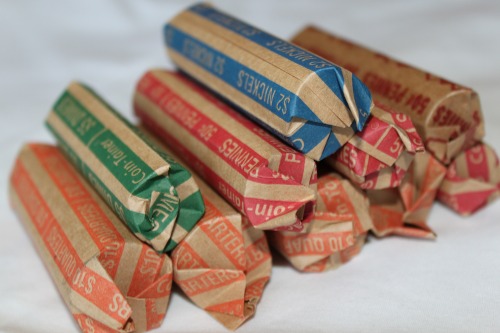
Before digital banking and coin-counting machines, saving change meant rolling coins by hand. Kids were given stacks of pennies, nickels, dimes, and quarters and had to sort them into paper sleeves. Each roll had to be filled to the exact amount, and if one coin was off, you had to start over. It was tedious, time-consuming work that required patience and attention to detail.
Trips to the bank often depended on how quickly the coins were rolled. If you were too slow, your parents would remind you that unrolled coins weren’t worth much at the bank. Sometimes, fingers got sore from pushing coins into the tight paper tubes. Today, kids barely handle cash at all, let alone spend time rolling up spare change.
12. Defrosting the Freezer
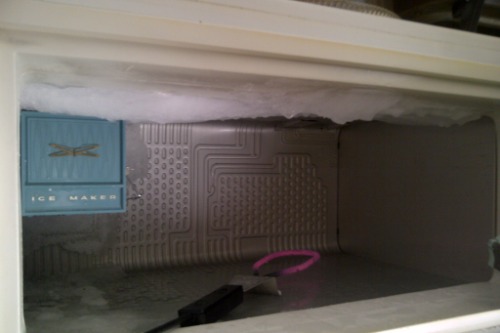
Before modern frost-free refrigerators, freezers would build up layers of ice that had to be chipped away. Kids were given a scraper and had to carefully break off the thick frost inside. The job took forever, and if you weren’t careful, you could damage the freezer lining. Meanwhile, food had to be stored in coolers or eaten quickly before it thawed.
The process involved soaking up melting ice with towels and sometimes even using a hairdryer to speed things up. Water puddled everywhere, and the whole thing was cold, wet, and miserable. Parents expected kids to do it without complaint, or they’d be stuck dealing with an overfilled, inefficient freezer. Today’s kids would be horrified at the idea of spending an afternoon just to keep the freezer working properly.


